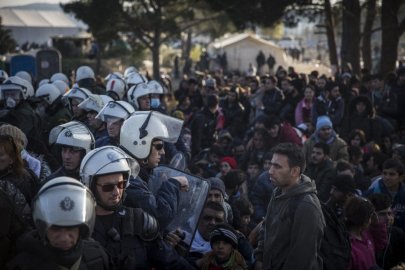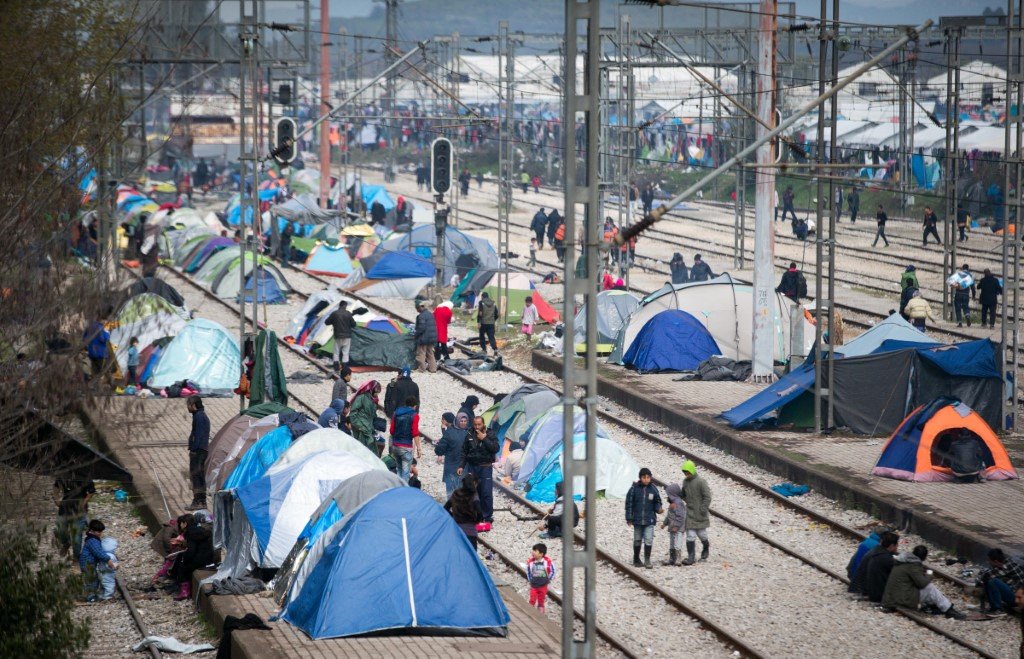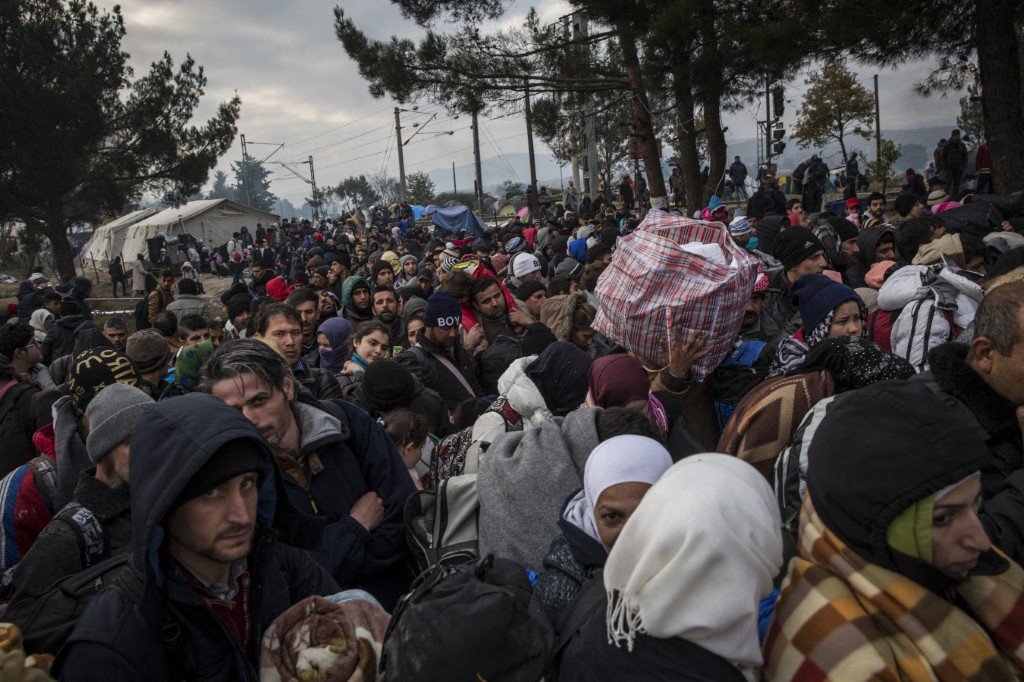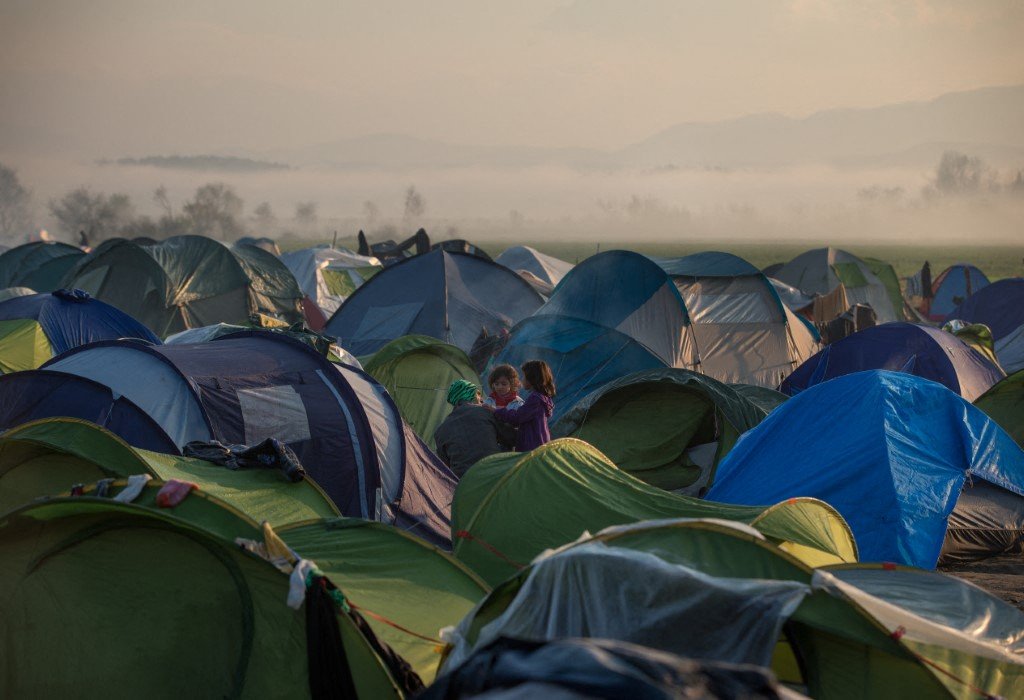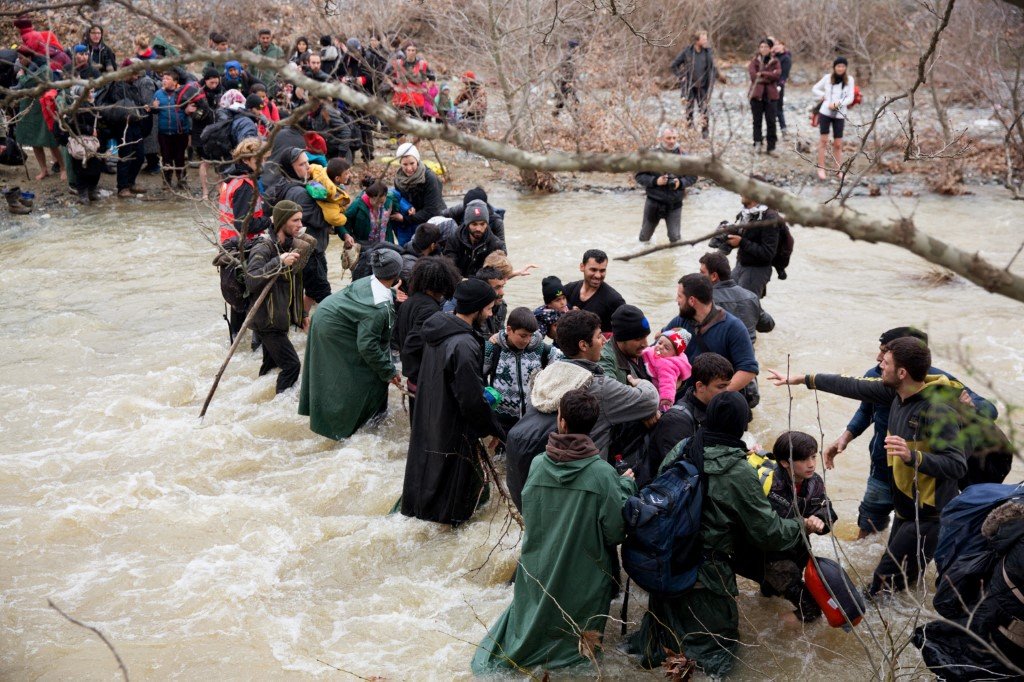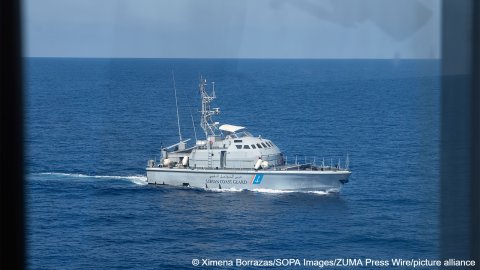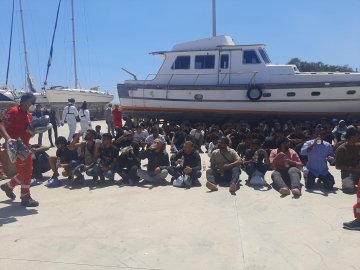Ten years since the 2015 migration movements (2/5): In Idomeni, Greece, people
Source: InfoMigrants: reliable and verified news for migrants – InfoMigrants
Ten years ago, the image of Syrian toddler Aylan Kurdi’s lifeless body on a Turkish beach shocked the world and rekindled the debate over Europe’s treatment of migrants as thousands fled the Syrian war. A decade later, InfoMigrants returns to the places marked by this unprecedented arrival of migrants. In the small village of Idomeni in northern Greece, 13,000 migrants were blocked during the winter of 2015-2016. The North Macedonian border was only a few meters away.
By Charlotte Boitiaux, special correspondent in Idomeni
“I can’t even describe what I saw. You had to have been there. If you hadn’t been there, you wouldn’t understand.” Maria* nervously put out a cigarette in the ashtray in front of her before lighting up a new one. Her hands trembled, as if the mere mention of Idomeni’s “crisis” of 2015 was still stressful to her. “There were so many people, so much misery, so much violence. We often think about it, it was chaos.”
Maria is a police officer who preferred to stay anonymous. The words she used to describe the village 10 years ago were at odds with its current state. Silence reigned in Idomeni this September morning. As the blazing sun bore down on the village at 10:30 am, not a single person was out on the streets. Most homes still had their shutters closed, while others appeared to be abandoned, with their doors broken and their walls tagged with graffiti. Café Vagalis, the only bistro for miles around, appeared to be the village’s only source of activity.
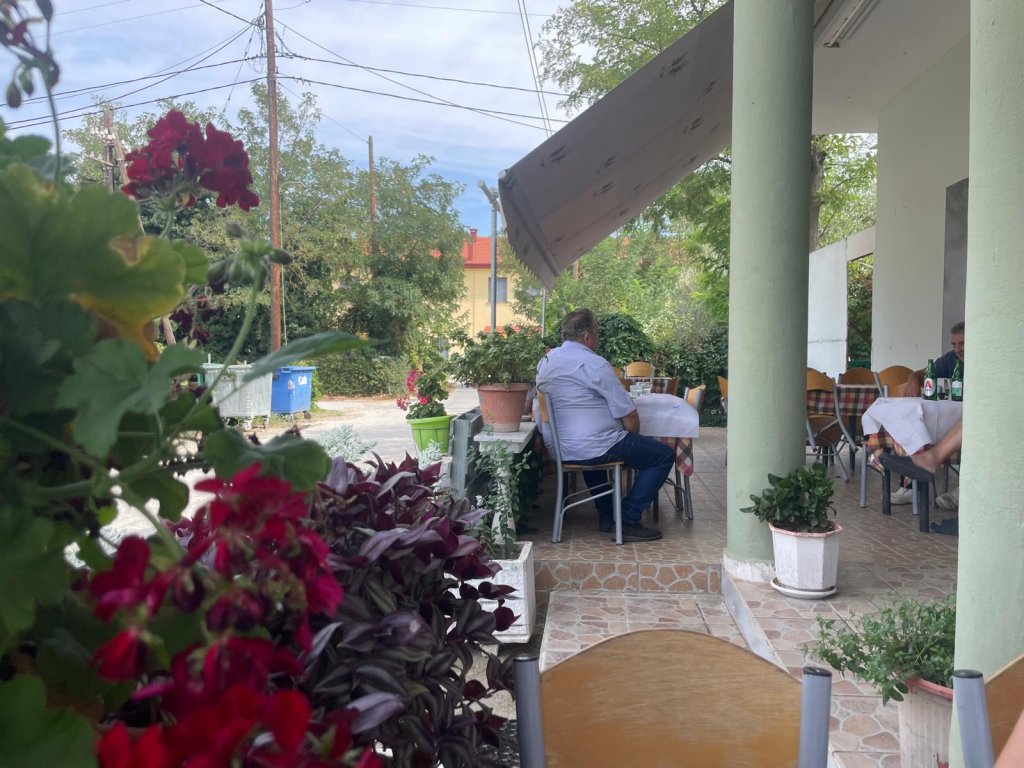
Maria, who works at the police station 50 meters away, often comes here for a coffee during her morning break. She took out her phone and looked for pictures from 2015. “I made a collection of pictures, I had to keep a record,” she said. Scenes of human misery appeared on the screen as she scrolled: tents, mud, weeping women, emaciated men, scared babies, helmets and shields.
The hell of Idomeni during the winter of 2015-2016
Idomeni, a peaceful village of 100 residents, where the average age is 70, was projected into chaos during the winter of 2015. In just several weeks, thousands of migrants following the “Balkan route” in hopes of reaching western Europe, ended up in the village. Yet they were blocked along the way. The authorities of North Macedonia, a country located on the other side of the corn fields, feared the unprecedented rise in asylum seekers at their border. Following a domino effect in which its European neighbors closed their borders, North Macedonia declared a state of emergency on the northern and southern borders, bringing in soldiers to help address the rising number of migrant arrivals. By March 2016, the Balkan country had completely closed its border with Greece.
At the peak of the arrivals, Idomeni counted more than 13,000 people who were stranded in “the biting cold”. It was “a gigantic crisis where nothing was organized, in which we didn’t understand what was happening”, said Maria.
“The police were also overwhelmed. We weren’t prepared to stop 10-year-olds from crossing, we were never trained for that.” Stranded in the village, far from everything, the migrants built a camp that grew every day until it “took over the whole village”, said Maria, exhaling the smoke of her cigarette. “They came from all over Greece, from all the islands [Lesbos, Chios, Samos, editor’s note] and they ended up here, in Idomeni. I was faced with them all, and then I would go home after work. I would have nightmares and I couldn’t sleep.”
Crossings of the Macedonian-Greek border near Idomeni have significantly decreased, according to Maria. Some fifty people a month attempt to cross. “I actually don’t know the exact number; sometimes the same people cross multiple times after being pushed back by Macedonia.”
The non-governmental organization (NGO) LEGIS, which helps migrants across the border in Macedonia, provided a slightly higher number. “The crossings are nothing like they were in 2015, but there are still people trying to cross. There are about ten people a day. Sometimes none. It depends,” said Jasmin Redjepi, a member of LEGIS who is monitoring the situation in Gevgelija, the first Macedonian town visible from Idomeni, behind the barbed wire.
A symbolic migratory crossing
While the migratory route is no longer active today, it is nonetheless monitored. Several members of Frontex, the European border guard agency, still patrol the area in their all-terrain vehicles. “This border crossing has become a symbol,” said Agapi Chouzouraki, a lawyer with the Greek Council for Refugees, an NGO that helps migrants. “It’s a well-known route and a gateway into Europe. The police are probably there to stop the route from being reactivated.”
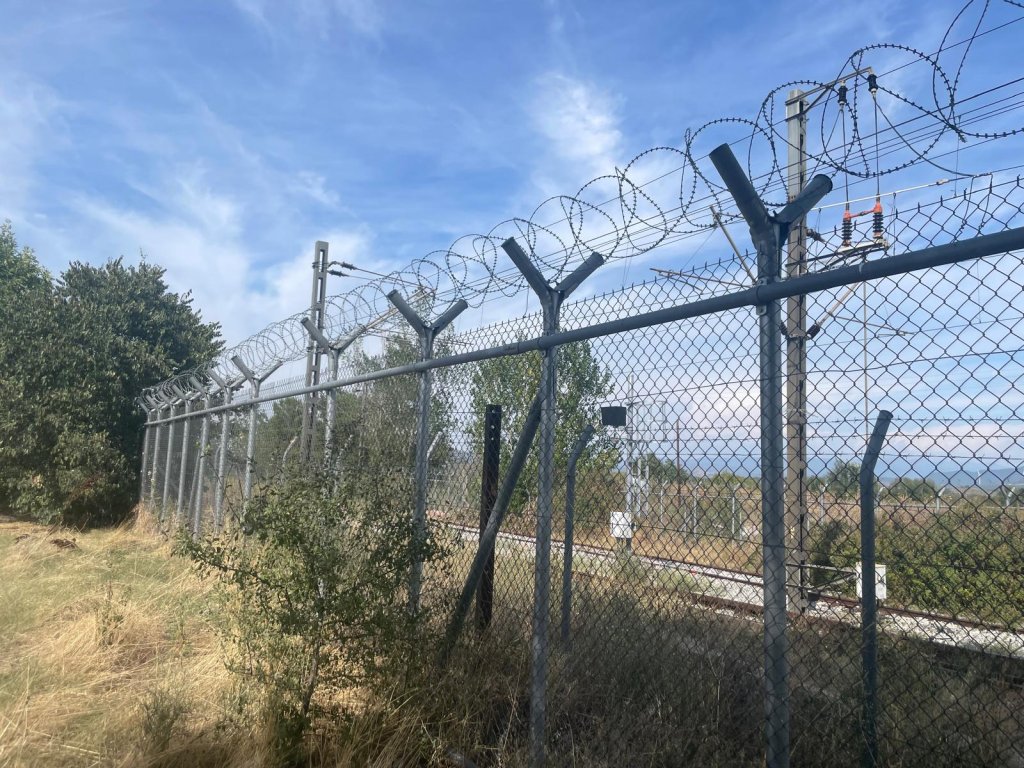
It was noon. Maria stood up and asked that she remain anonymous one last time. She headed back to work. Behind her, Frontex teams sat down at tables to eat. It was lunchtime and the flower-filled terrace of Vagalis Café was filling up. A few Greek police officers, two Estonian soldiers (Frontex officers), four customs officers, and five Greek retirees crossed paths in the early afternoon.
Out of this last category, Pablo, 70, and the former butcher of the village, was waiting for his Greek salad. “Of course I remember 2015,” he said. “I was scared like everyone else, but I also helped out,” he said. He had hosted a Syrian family “at the end of 2015, I think”.
“I set up a sort of mobile canteen to sell sandwiches in the camps and that’s how I met a couple with two children who spoke a little Greek. I offered them a place to stay. They slept at my house for two nights.” The family is now in Germany, he said, and sometimes sends him messages.
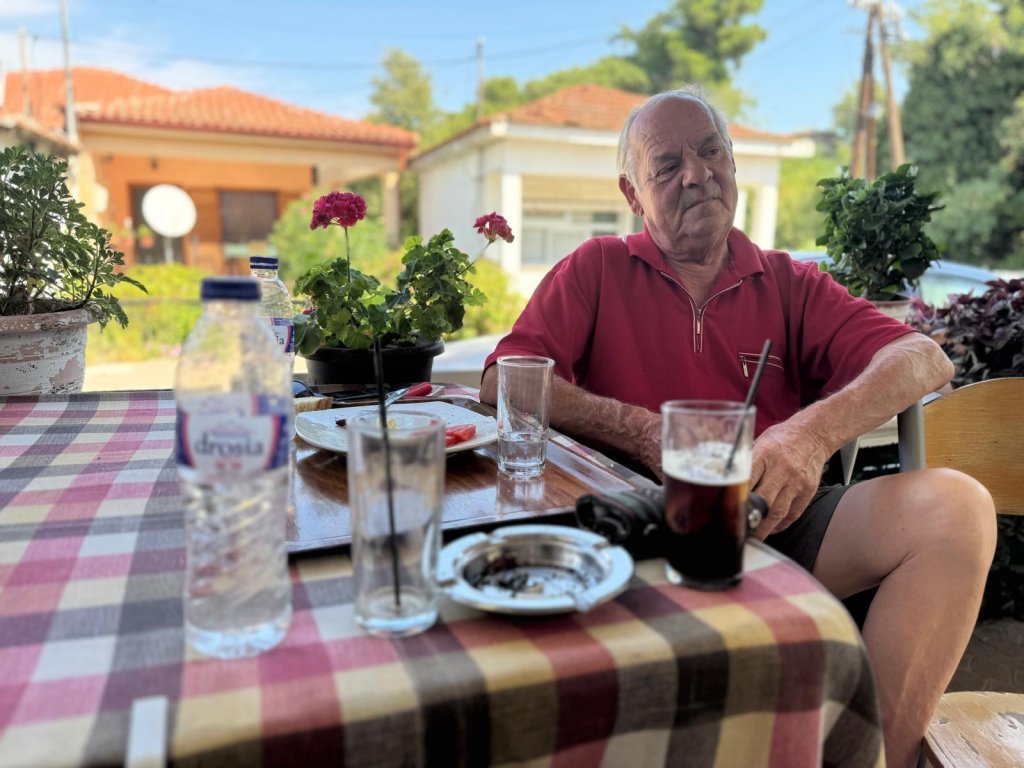
The village is not hostile to migrants, said Pablo. “About 90 percent of the residents here come from somewhere else. My grandparents came from Turkey, and there are also many people who are originally from Albania.”
Read Also
Migrants again head to Balkan route from Idomeni
‘I was afraid of them in 2015, and I’m still afraid of them’
Tasos, sitting at a table across from Pablo, said the cohabitation hadn’t been as idyllic as his friend suggested. There had been thefts and acts of vandalism, he said. “I remember migrants uprooting all the corn from a field they had settled in. In two months, they took a year’s harvest. The owners were furious.”
Frontela, a villager nearby, still feels animosity toward the migrants. “I was afraid of them in 2015, and I’m still afraid of them when they pass by my house today. They’ve already stolen my chickens. I know they’re hungry, but still…” Her 14-year-old daughter, one of the only children living in Idomeni today, cut her off. “I see them too. They pass by the house, they have tanned skin, and they speak a language I don’t understand,” she said while laughing at the same time.
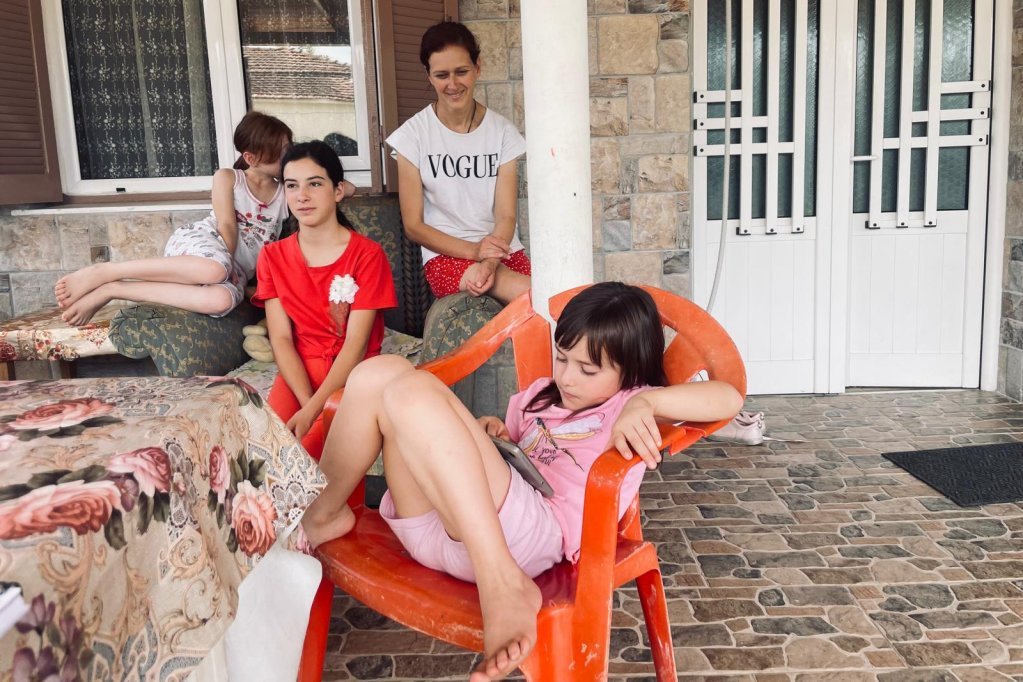
Two Afghans were passing through the village that morning. They quietly slipped into the café through the back door of the building as if they knew the way. They had come to buy food from Vagalis, the café’s owner.
“We’re in the forest nearby,” said one of the boys, taking 30 euros out of his pocket and handing it to Vagalis. The two Pashto-speaking boys in their twenties packed bottles of water, cans of Red Bull, and a dozen packets of cookies into large plastic bags before leaving through the back door again.
“That’s how it is here. I know the smugglers, and they know me, so they send the migrants here,” said Vagalis. He has been supplying migrants passing through Idomeni for 10 years. The transaction is surreptitious, lasting only a few seconds, and it always takes place in the café’s kitchen.
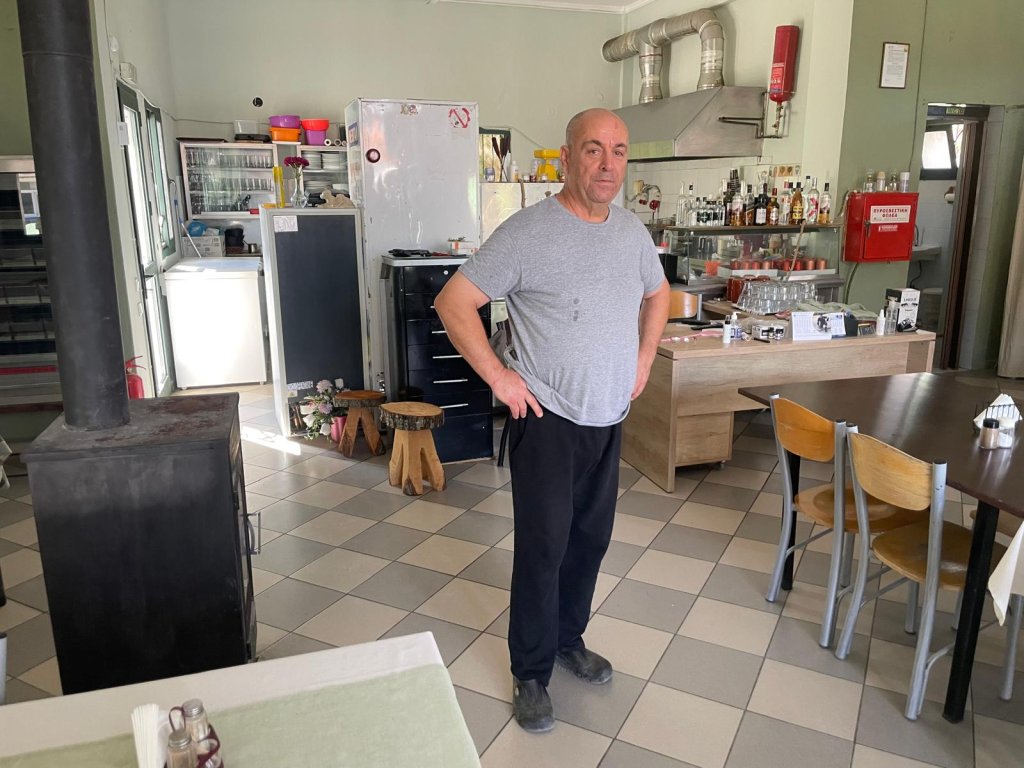
Vagalis was on the front lines in 2015. “I had transformed my restaurant into a sandwich shop. I made nothing but sandwiches for several months to feed the thousands of people stuck here.” Lines formed in front of his shop from 8 am to 8 pm, he said. “I probably sold more than 1,000 sandwiches a day, but I don’t remember exactly how many anymore.”
Idomeni’s economic boom in 2015
Vagalis made no secret of it: the large number of migrant arrivals enriched him. He’s not the only one, he said. One must imagine the dozens and dozens of small businesses that sprang up everywhere during this period, he said. The villagers adapted to the circumstances. Some opened hair salons, others opened barber shops, while others opened food trucks or canteens, like Pablo, the butcher.
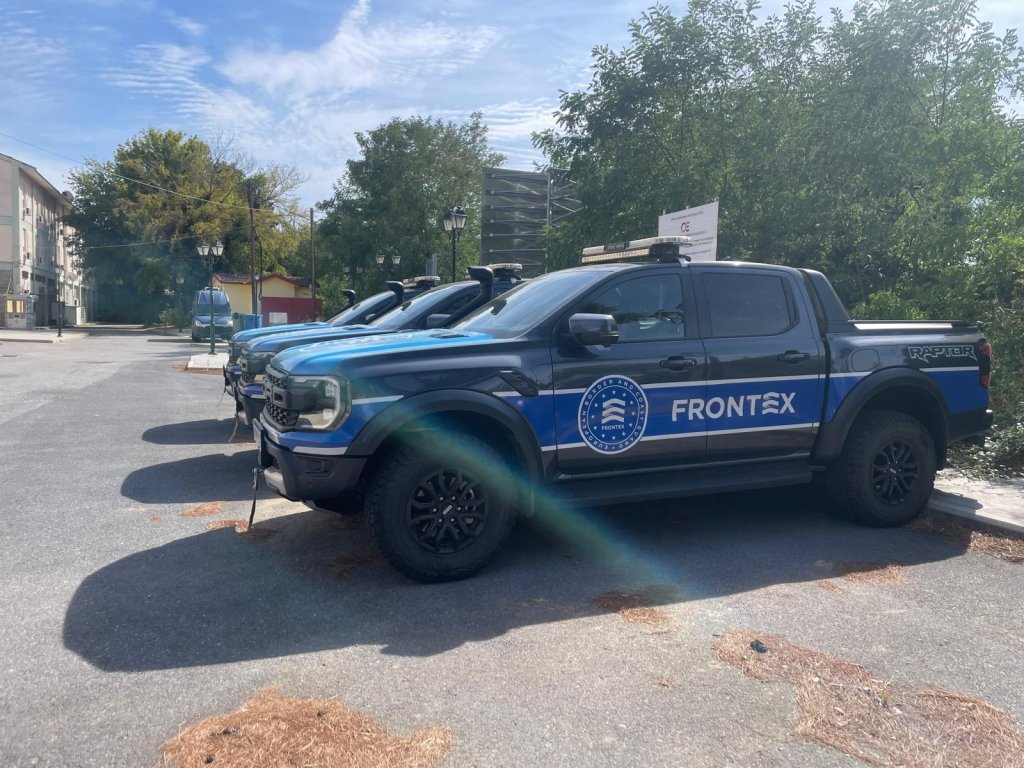
Vagalis admitted, slightly embarrassed, that his “best sales” were in 2015 and 2016. “I hired eight women from the village to help me; I tripled their daily wages during that period,” he said. Did his business, and this assistance provided to migrants, anger his neighbors? “Yes, of course. Some stopped talking to me and still don’t talk to me now. I think they’re jealous of my success.”
Read Also
Kurz: Opening Europe’s borders was a mistake
The anti-migrant politics of Athens
On the way out of Idomeni, our car passed three other young migrants who were sitting behind a tree at the edge of a field. The railway station with trains heading north to Macedonia was just 20 meters away. One of the migrants was Egyptian and the other two were Palestinian. The heat had exhausted them. They had just arrived, after passing through the “Tobruk road” from Libya, and then reaching Crete, in the Mediterranean.
Read Also
Greece approves a three-month suspension of asylum claims
They were thirsty and waiting for nightfall to leave the country. If they managed to hide on a freight train passing through Idomeni, they could continue their journey to the town of Gevgelija in North Macedonia and then on to Serbia. The trains were a godsend for them.
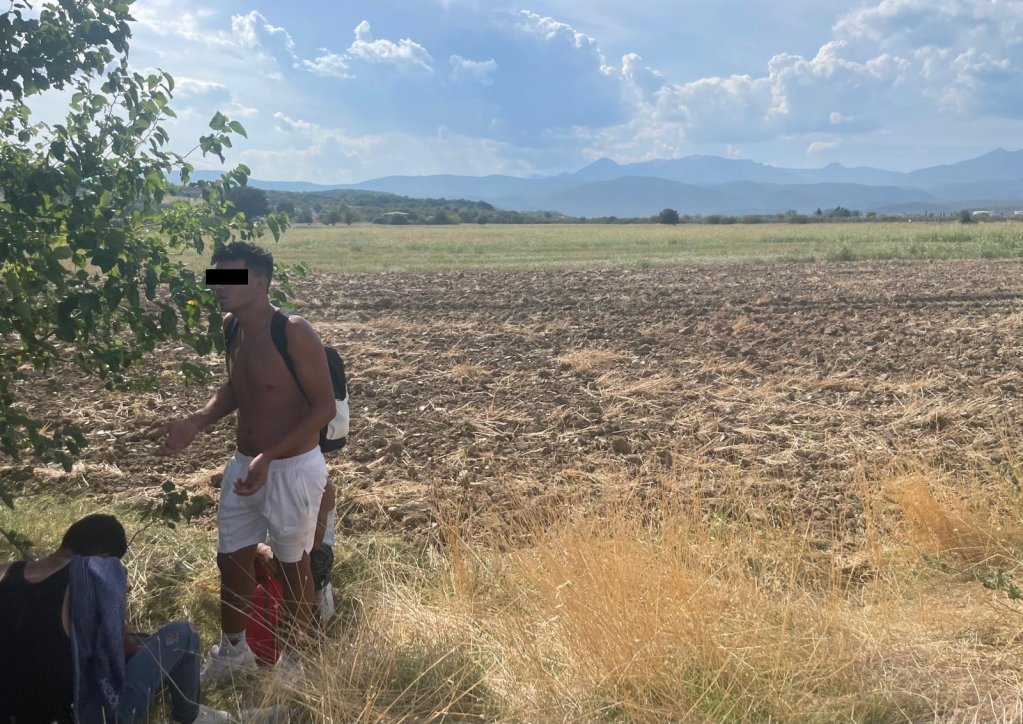
Don’t call the police,” they begged, as they emerged from their hiding place. If arrested, the three young people could risk ending up behind bars. Greek law has become considerably stricter since September 2025. Being undocumented is no longer an administrative irregularity but a crime. “”If your asylum request is rejected, you have two choices. Either you go to jail or return to your homeland,” said the Minister of Migration and Asylum Thanos Plevris in early September.
The three friends were unable to apply for asylum in Greece. “Since July, anyone arriving in Crete from North Africa, including Libya, is no longer allowed to apply for international protection,” said Agapi Chouzouraki of the Greek Council for Refugees.
The three young people were stuck. Ten years after the “Idomeni crisis”, migrants no longer just face a closed border, but also increasingly restrictive legislation. “How exactly do I do it?” the young Palestinian asked, wiping beads of perspiration off of his face. His eyes were full of anger. He knew he was taking a big risk. “Do I go back to Egypt and then quietly return to Gaza?”
* First name has been changed
The original article: belongs to InfoMigrants: reliable and verified news for migrants – InfoMigrants .
